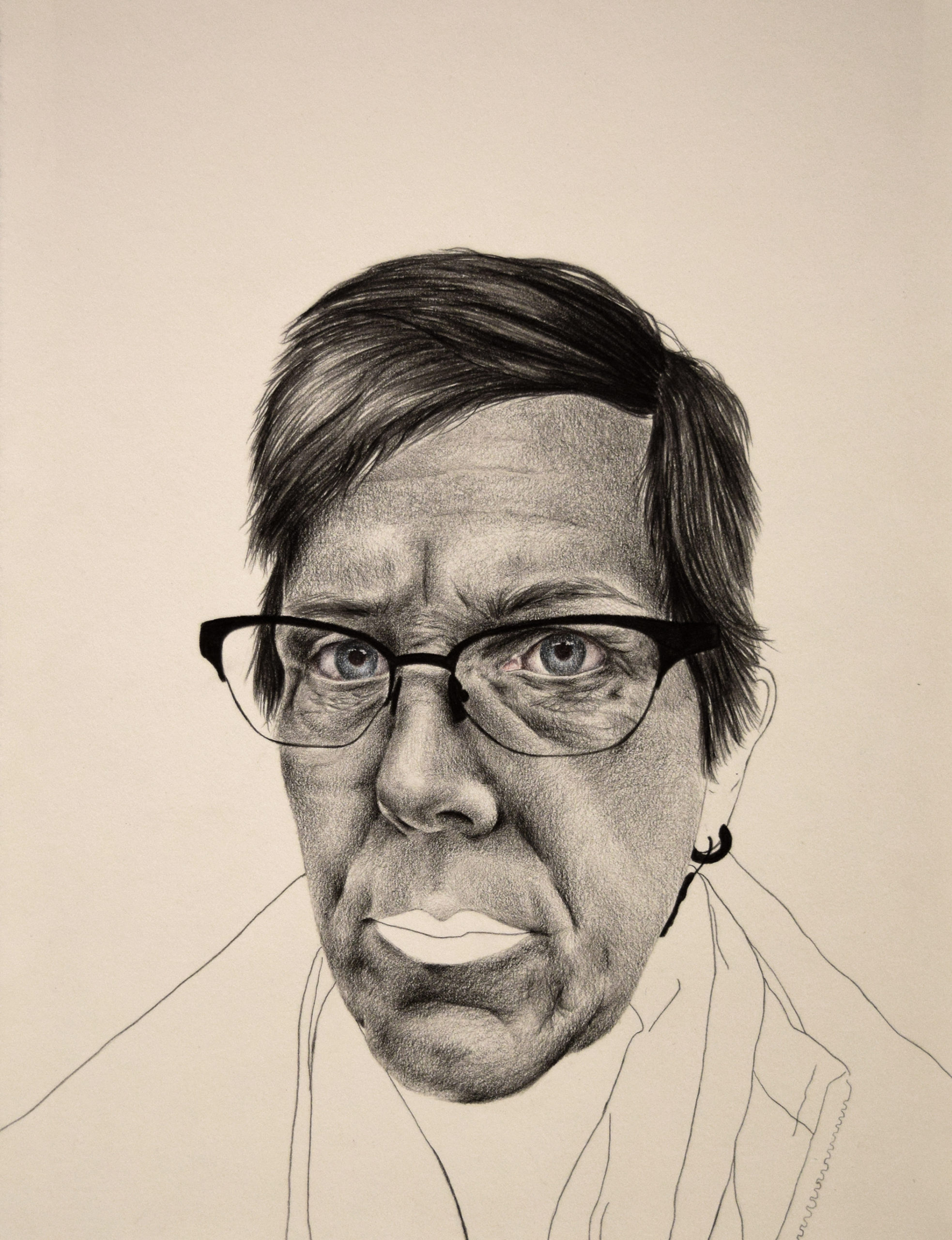Artist’s Statement
Uncertainty, lack of confidence, self-doubt, fear. These are all descriptors associated with having insecurities. Chances are, we deal with insecurities multiple times a day. These insecurities fill our minds and bodies with constant worry over things that feel trivial or foolish. Rather than discuss these feelings we keep them inside, never to be known by another. While insecurities live in a multitude of facets and are unique to each individual, we share worries about ourselves. In my experience, talking about these insecurities is taboo. However, I believe them to be a big part of what makes us human. As I think about these ideas and reflect on my fears, my work mirrors this consideration of our collective experience of insecurities, and the unease, fear, and anxiety that comes with feeling hyper aware of oneself. Through my work I analyze and create a conversation about insecurities with the intent to normalize them and help us find a mutual comfort.
For my insecurity portrait series, I have collaborated with the public and put out a call requesting participation. Using social media, direct contact, and word of mouth I have been able to work with people to create a series of drawings that together speak louder than separate. Along with a photograph of their face, each participant provides a list of insecurities and positives they associate with their physical face. This information determines what information will be rendered. The insecurities are executed with tone in black colored pencil while the positives are expressed in color. All graphic solid areas such as hair, eyebrows, jewelry, etc. are an aesthetic choice to help all drawn information visually read better. The drawings in this body of work support one another and show the collective experience of insecurities. These drawings prove that insecurities are a part of being human, and help to show the intersections that we all encounter regardless of our diverse identities. Texts about body politics, intersectional feminism, and empathy are all a foundation for my work. A lot of my research is based on the writings of Roxane Gay, Judith Butler, and William Kentridge who speak on identity politics, feminism, gender identity as performance, and thoughts and ideologies on the philosophy of drawing respectively. The use of my own body as well as others has been heavily influenced by artists such as Marina Abramovic, Jenny Saville, and Lorna Simpson.
The language each person uses to provide me with the information needed to render the portraits is so unique and universal at the same time. It’s incredibly relatable and has been used to create enclosures that coincide with each individual drawing. While each enclosures appears exactly the same externally, all internal elements and compositions are unique to the individual box, using various printmaking techniques such as screenprint, blind embossing, and lithographs to give voice to that person’s specific words. The enclosures existing this way is a metaphor for the assumptions we place on another person’s body, no matter how mundane or extreme, and the nuances of what one is dwelling about in relation to their own body and self. The intent of printing these words is so they transition from legible to illegible words as a way to reference obsession and dwelling. This is then created into scrolls, wall paper, and fodder for the insides of enclosures. Together all this work helps to inform one another. The drawings appear as clinical and specific, while the enclosures and the printed media are more creative and complex. This gives the viewer literal written word to understand the portraits, the individual, the collective, and intersectional experience we share as beings with insecurities.
Website: stephaniealaniz.com
Instagram: bavarianbaby
E-mail: stephanie.alaniz.art@gmail.com

